The Last of Us is set in a dystopian apocalypse in which a brain controlling fungus has dominated the world. Such a world is reminiscent of the political idea of the State of Nature. However, the Last of Us is more overtly Hobbesian than that. The show's portrayal of political change, safety, state legitimacy and political violence elaborate the pessimistic politics of the eponymous 17th C philosopher, writes Matthew Festenstein. Warning: this article contains spoilers for the first season of The Last of Us.
The timber has been cut, the oil has run out, and the plantation soil no longer supports crops, in the devastated landscapes explored by the anthropologist Anna Lowenhaupt Tsing in her book The Mushroom at the End of the World. In this global state of capitalist precarity, “we don’t have choices other than looking for life in this ruin.” The vision of the fungal terminus in The Last of Us (LoU) is more terrifying but equally final. For viewers of the show, following the game, it provides a twenty-first century dystopia of societal collapse and the destruction of the modern state, reflecting deep-seated anxieties about pandemics, climate change, and authoritarianism. I want to suggest, though, that its politics are rooted in the seventeenth-century moment when the idea of the modern state first crystallises. In particular, LoU’s dystopia emulates the vision of a state of nature developed by the most powerful early modern writer on the state, the English philosopher Thomas Hobbes (1588-1679) and follows Hobbes in his suspicion of collective political action.
 SUGGESTED READING
Nietzsche, Dune and the power of religion
By Kevin S. Decker
SUGGESTED READING
Nietzsche, Dune and the power of religion
By Kevin S. Decker
LoU is set in a United States ravaged by a fungal pandemic that has transformed most of the population into zombies and destroyed the social infrastructure. A fascist military authority, FEDRA, controls some cities, opposed by rebel Fireflies, but beyond these zones, is open country, where individuals and groups try to survive as best they can. Joel, a middle-aged smuggler, must escort a teenager Ellie across this landscape. She seems uniquely immune to zombie bites, and their mission is to reach a Firefly medical team who may be able to use her as a cure. As well as the FEDRA-dominated cities, we are shown some different kinds of organisation: couples who are protected by dense fortification (Bill and Frank) or wilderness (Marlon and Florence), a communist haven, a religious cult, and a city that has overthrown FEDRA.
We live in a golden age of dystopian fiction, as the historian Jill Lepore has pointed out. Whether it is climate change, technology, pandemic, political authoritarianism, or other social transformations, there is no shortage of raw material for the dystopian imagination. Even very pessimistic dystopias such as We, Nineteen Eighty-Four, The Handmaid’s Tale, or The Wall allow us to entertain thoughts of resistance from authoritarianism – and in Young Adult versions such as The Hunger Games books, these are often central. LoU, however, belongs to another tradition, the family of dystopian narratives that most closely cleave to an imaginative device from early modern political philosophy, the state of nature. What would society look like without a state or political order? In particular, it belongs to the counter-revolutionary strand of this, most famously articulated by Hobbes, in Leviathan (1651) and other political writings.
___
LoU, however, belongs to another tradition, the family of dystopian narratives that most closely cleave to an imaginative device from early modern political philosophy, the state of nature
___







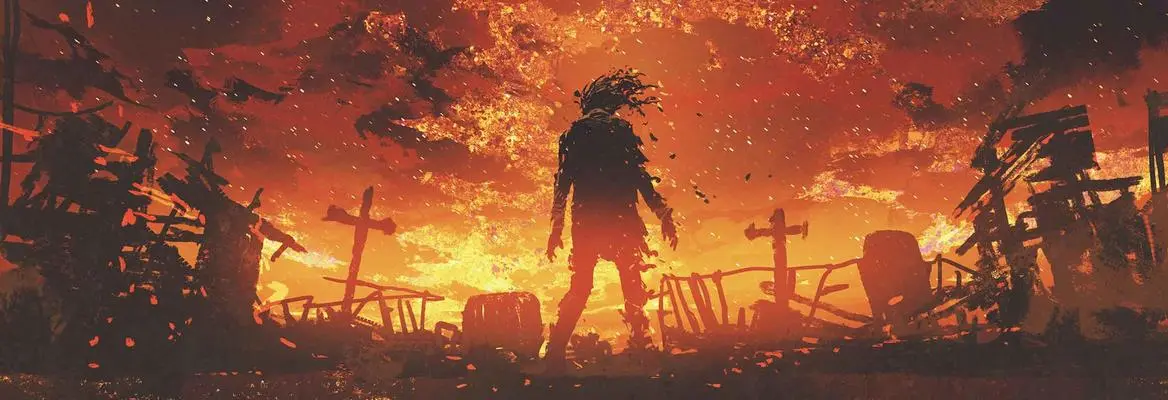


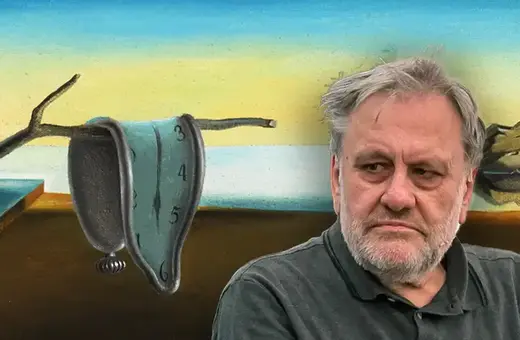
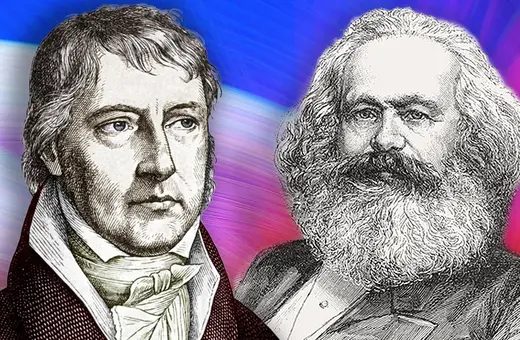
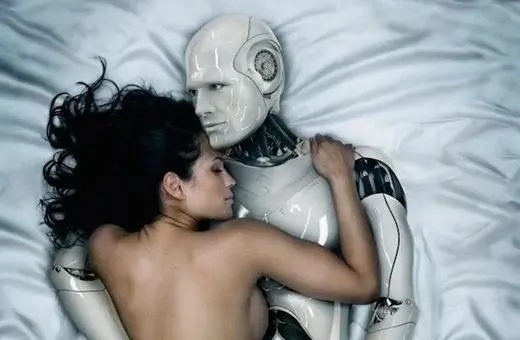
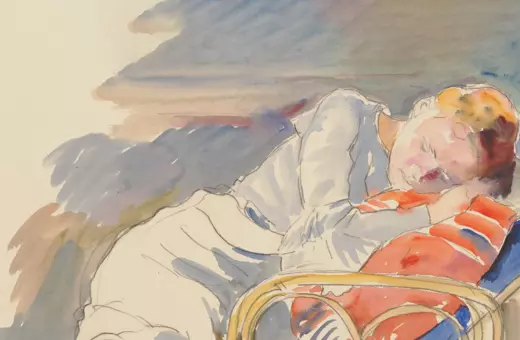
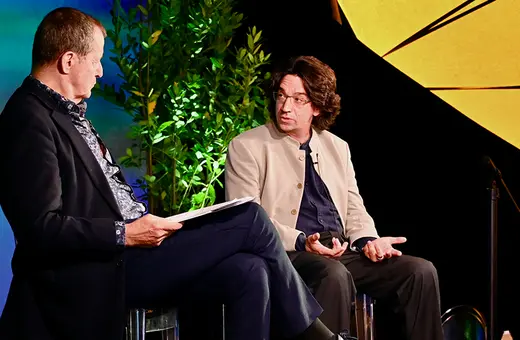
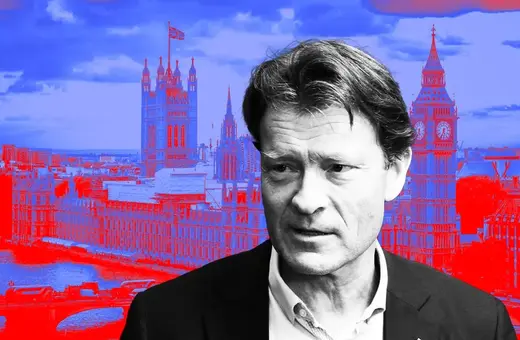
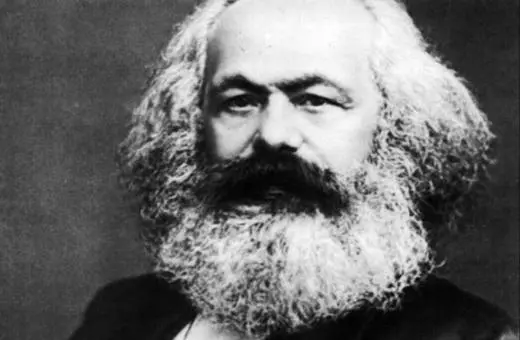

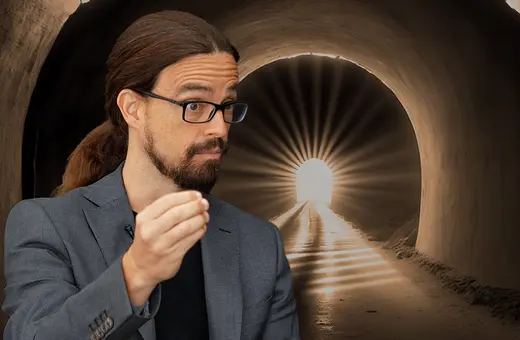

Join the conversation